
- Home
- About us
- Our Courses
- Assertiveness and Self-Confidence
- Business Ethics
- Change Management
- Communication Strategies
- Creative Problem Solving
- Crisis Management
- Developing New Managers
- Critical Thinking
- Human Resource Management
- Leadership and Influence
- Negotiation Skills
- Organizational Skills
- Conflict Resolution
- Performance Management
- Personal Productivity
- Risk Assessment and Management
- Public Speaking
- Stress Management
- Teamwork and Team Building
- Time Management
- Supervisor Skills (New Leaders)
- Geological Field Trip 1 & 2
- Anger Management
- High Performance Teams Inside the Company
- Upstream Oil and Gas Facilities Fundamentals
- Effective Crisis Management and Communications
- Unconventional Oil and Gas Developments Overview
- Pipeline Corrosion and Integrity Management
- Onshore, Offshore, FPSO and Subsea
- Ageing Assets and Decommissioning
- Introduction to Process Safety
- Seismic Reservoir Characterization
- HPHT Well Design & Drilling Operations
- Major Emergency Management
- Reservoir Simulation – Fundamentals
- Well Cost Control & Forecasting
- Managed Pressure Drilling
- Fundamentals of Reservoir Engineering
- Fundamentals of LNG and the Value Chain
- Managed Pressure Drilling
- Advanced Petrophysics and Formation Evaluation
- Scenario Planning for Decision Making in the Energy Sector
- Risk Analysis, Prospect Evaluation and Exploration Economics
- Fundamentals of Oil and Gas Exploration and Production
- Reservoir Simulation in Practice – Advanced
- Offshore and Deepwater Drilling Operations
- Well Integrity Management
- Pipeline Corrosion and Integrity Management
- Applications in Organic Geochemistry and Thermal Modelling
- Advanced Hydraulic Fracturing with 3D Models
- Introduction to Drilling & Completions Operations
- Fundamentals of Seismic Acquisition, Processing, Imaging and Interpretation
- Applied Petroleum Geomechanics
- Field Development Planning
- Ageing Assets and Decommissioning
- Project Decision and Risk Analysis
- FSRU Project Development and Operation
- Gas Processing and Conditioning
- Subsea Pipelines Engineering
- Petroleum Economics
- Well Cost Control & Forecasting
- Clastic Sedimentology
- Field Development Planning
- Naturally Fractured Reservoirs
- Petroleum Systems Assessment
- Oil & Gas Geomatics
- Oil & Gas Asset Management
- Reserves and Resources Evaluation
- Upstream Oil and Gas Development Lifecycle Costing
- Problem Well Analysis – Workovers and Interventions
- Oil and Gas Process Optimisation and Troubleshooting
- Introduction to Oil and Gas Exploration and Production
- Oil and Gas Contracts and Negotiations
- Asset Integrity Management
- Flow Assurance – Wellbores to Export
- Carbonate Reservoirs
- Moving from Technical Professional to Manager and Leader
- Digital Core Analysis and its Application to Reservoir Engineering
- Casing Design
- Upstream E&P Accounting
- Offshore and Subsea Integrity Management
- Apply Now
- Gallery
- Contact us
GEOLOGICAL FIELD TRIP 1 & 2
Geological Field Trip 1 – Carbonate reservoir in the field
Description
This 4 days course in northwestern Sicily will provide the basics of carbonate reservoir characterization on the field, by means of spectacular exposures, visit to quarries, seismic scale outcrops. Main aims are to describe and illustrate the peculiar geological and petrophysical control factors occurring in carbonate reservoirs. The instructor will focus on the main sedimentological characteristics of different carbonate reservoir (pore diagenesis, facies, primary structures, paleontology, evolution and sequence stratigraphy) coupled with the role of fracturing (vertical and horizontal). Prediction criteria in fractures orientation will be explained, with limits and constrains. The course focuses on the seismic aspects of carbonate reservoir and the correlation with the outcrops. Role of permeability and anisotropy in fluids within the reservoir and the relationship between boreholes and fractures will be cover using natural examples. A set of outcrops of shallow water carbonates affected by meso-and-macro volcano-dykes and atollo-type successions will show you some of the risks and critical factors occurring in reservoirs. At the end of this course you will able to describe carbonate reservoir at different scales, starting from the pore networks and rock textures, to the sedimentary bodies and stratigraphic-structural macro-architectures. A robust part on characterization of fractured reservoir with practical exercises is scheduled.
These
outcrops provide therefore a natural laboratory to learn and experiment methods
for characterizing and modelling properly carbonate reservoirs.
Dates: On Request/April-May or September-October
Meeting point:
Palermo international
airport
Course Level: Intermediate / advanced
Duration: 4 days
Instructor: Prof. Pietro Di Stefano and PhD Gabriele Lena
Designed for:
This course is suitable for geologists and geoscientist in general with some years of experience that want to broaden and deepen their knowledge on carbonate reservoir (properties and control factors on modeling). It assumes a basic knowledge in geoscience. It’s designed for reservoir engineers and explorations wishing to improve their geological knowledge.
How we build your confidence
Clear and impressive field stops allow visualisation of the different facies typical of Carbonate reservoir.
Graphic
material on site, correlation with seismic and well dataset will help you to
understand the geological control factors typical of reservoir modeling
Practical
exercises on geometries, fractures and heterogeneities of the reservoir will be
conducted in quarries where a multiple exposure and variable geometries of
cliffs permit a 3D visualization of critical surfaces.
The benefits from attending
By the end of the course, you will feel more confident in your understanding of geological key elements in the characterization of carbonate reservoir. You will improve the capability to analyze and to assess properly the different control factors influencing a fractured reservoir, starting from petrophysical datasets and exporting to the large-scale reservoir.
Topics
Day 1
- Introduction on the Carbonate Reservoirs in Sicily
- Geological and petrophysical characteristics
- Karst, fractures, jointing and anisotropy
- Homogeneous vs heterogeneous deposits
- Correlation with well dataset
Day 2
- Peritidal cycles and reef complex, characteristics, facies and
geometries
- From outcrop to macro architectures of carbonate reservoir
- Domino style faulted reservoir
- Unconformities and sealing
- Rudistic limestone reservoir, porosity and connectivity
Day 3
- Tidal flats, the effect of matrix
- Sedimentary dikes, large faulting, ramp-bounded reservoir
- Stepped margin, channels, breccias and auto-brecciated reservoir
- Channels and other discontinuity
- Correlation with seismic
Day 4
- Large vertical barrier/discontinuity, volcanic dykes
- Mixed deposits, petrophysical parameter
- Slope carbonates and calcareous turbidites
- Prediction criteria, risk and case study
Daily Agenda
Time
Day1
Day2
Day3
Day4
Afternoon
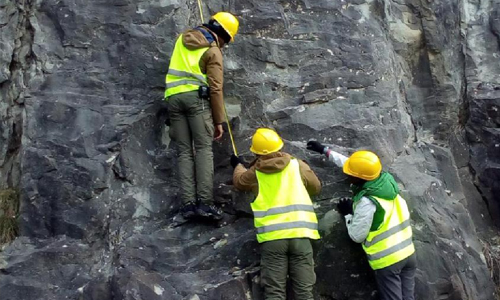
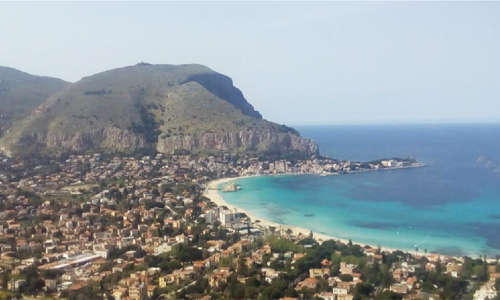
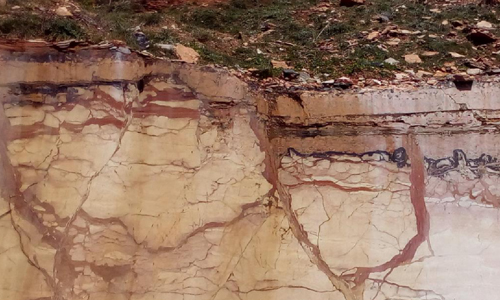
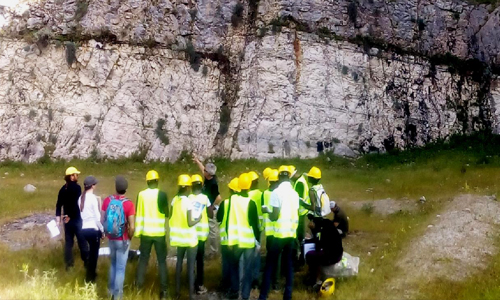
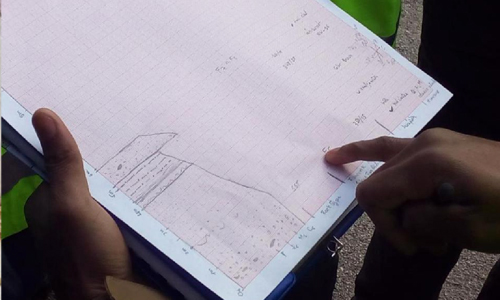
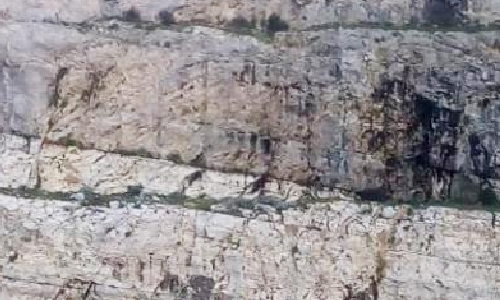
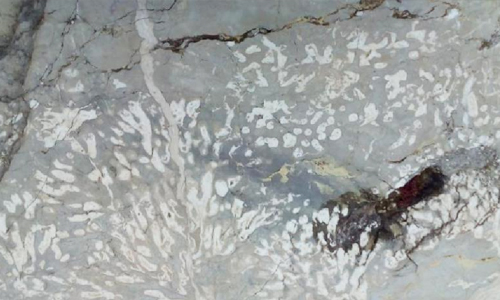
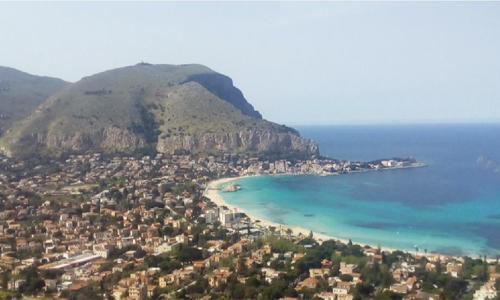
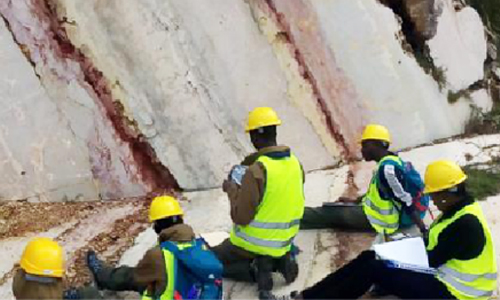
Geological Field Trip 2 – Structural Geology, stratigraphic architecture and trap styles of Sicily FTB
A Multidisciplinary approach on the field
Description
This 5 days field trip offers an intensive and robust multidisciplinary approach on techniques and analysis on the field (regional geology, geodynamics, structural geology, stratigraphy, facies analysis and petroleum geology). Set in the famous Sicily Island, one of the most interesting and complex fold & thrust belt worldwide, the course is designed to show to the participants typical geological control factors in different geodynamic and paleo environmental scenarios. The field trip is structured every day in the integrated analysis of stratigraphic and structural settings of one paleo domain, using existing dataset and comparing subsurface data and outcrops. 5 days for 5 different geological scenarios (carbonate platform, slope-to-basin, basin, terrigenous/evaporitic basin, foreland basin systems) in different tectonic stages (passive margin, failed rift, flexure, compression, thrust-top/satellite basin), every day the task is: to analyze the geosettings, to reconstruct the relationship and to predict the geometry of subsurface structures. Landscape and seismic-scale outcrops will help the participant in the correlation with tectonic model, geophysical data and analysis of structural styles. Once you arrived in Sicily, after a geology review and introduction on the regional settings, the field trip starts with the visit of various paleo domain, starting from the higher structural units towards the less deformed. Different pieces of information collected every day will allow you to put them together to draw a coherent geological picture, to produce a palinspastic restoration and to analyze the geodynamic scenario. We conclude with the prospect assessment and play analysis of some oilfields in Sicily, actually in production. Food, wine, monuments, impressive landscape and coastline of Sicily will accompany you along this trip.
Course Level: Intermediate to advanced
Dates: May or October
Meeting point:
Palermo International Airport
Duration: 5 days
Instructor: Gabriele Lena
Designed for you, if you are…
This Course is suitable for geologists, geophysicists, explorationists and geoscientists in general that want to broaden and deepen their knowledge on the field about the kinematic evolution of a FTB-foreland system, using a very multi-disciplinary approach. Continuous and well-exposed “seismic scale” outcrops will help you to understand the geometries of the geological bodies, using commercial and crustal seismic profiles, well and geophysical dataset.
How we build your confidence
New insights in recognition and prediction of geometry of shallow-seated and deep-seated structures, ramp dominated units vs thrust sheet dominated unit.
Facies analysis and correlation between different paleo environmental scenarios, from meso-scale to seismic scale units.
Cross-correlations between outcropping and buried structures, using seismic profile and well-data applied to very impressive landscape.
Explanation of new data deriving from commercial and crustal profile providing new insights and prediction criteria on the relationships between a) an imbricated carbonate thrust system of the Northern chain, b) the huge Caltanissetta terrigenous trough consisting of embricated thrusts system, and c) the flexure of the Iblean foreland crust below the FTB.
Different type of petroleum system and plays will be shown during this 5-days field trip Exercises, line drawing, stratigraphic log, structural data plot and map and will be performed during the survey
The benefits from attending
By the end of the course you will feel more confident in your understanding of:
- The geological setting of the Sicilian-Maghreb FTB: the Mesozoic paleo domains of the ancient African continental margin (basins and carbonate platforms) and their structural evolution;
- The relation between shallow-seated and deep-seated deformations in the Tertiary evolution of the thrust belt; the effects of the late transpressional tectonics;
- Large-scale inverted and transpressional structures and their potential for petroleum exploration
- Synorogenic Tertiary deposits: sedimentology and facies associations;
- Lateral facies changes, architecture and structural control of the sin-compressional Miocene basins in Northern Sicily;
- The Messinian evaporitic deposits: lithostratigraphy, sedimentation vs tectonic process and new insights;
- The potential geo-resources of the Caltanissetta Basin (late Messinian): bituminous euxinic shale, salt dome and methane mud volcanoes;
- The Pliocene foreland basins of the Gela plain and the oilfields in subsurface;
- The present-day structural setting of the Sicilian foreland, seismic data from the Sicilian offshore
- Reliable note, draw, plot and map during a field survey, and the importance of field techniques and analysis to decrease uncertainties;
- Unique opportunity to approach to different geological scenario in a single field trip.
Topics
The course will cover the following areas of modern applications and perspectives of stratigraphy.
Day 1 – Introduction on the geological setting of the Sicily; the Mesozoic carbonate succession of the Panormide platform and facies relationships; interference between tectonic structures
Day 2 – Meso-Cenozoic slope-to-basin Imerese succession and its relationships with the overlaying Oligo-Miocene Numidian Flysch foredeep
Day 3 – Mesozoic extensional tectonics, volcanism and sedimentation at the Triassic Jurassic boundary the Sicanian deep-water domain; comparison of outcrop and seismic profile; Neogene imbricate thrust system deposits.
Day 4 – Georesources in the Messinian Evaporites; Miocene-Quaternary mixed ramp
Day 5 – The frontal part of the chain and the present foredeep: comparison with the subsurface setting will be imaged by seismic reflection profiles; the oil fields of Southern Sicily; the Iblean foreland and the forebulge with surface and sub-surface comparisons.
Main Topics
Day1
Day2
Day3
Day4
Day5
Morning
tectonics and volcanism and sedimentation at the Triassic Jurassic boundary, failed rift stages. Fractures pattern and critic parameters. Implication from the reservoir potential. – Monte Cammarata: a walk along the Triassic-Miocene carbonates succession of the Sicanian deep- water domain.
gas and oil seepages, analysis and possible interpretation. – Mt. Capodarso: Miocene- Quaternary section stacking pattern in a thrust-top basin setting. Orbital forcing and control on the deposition. Practical exercises.
OUR MISSION
We aim to assist our clients in optimizing the capacities of their existing assets and resources and in improving the performance of their workforce to ensure their business reach new heights of development.
We help our clients to get the maximum business output that would not have been possible for them to achieve on their own.